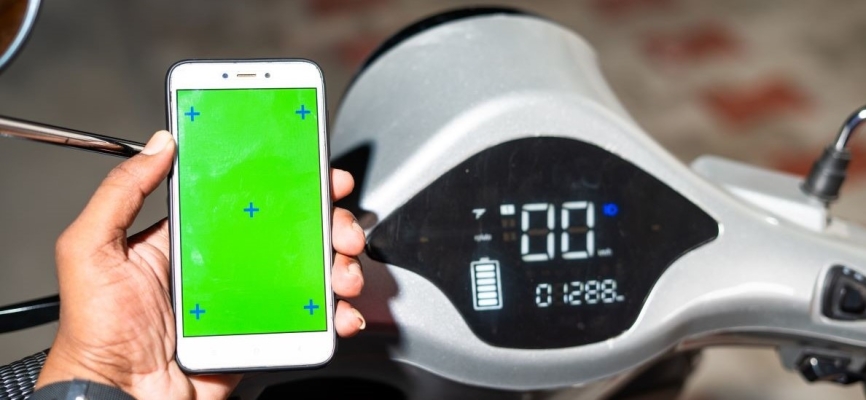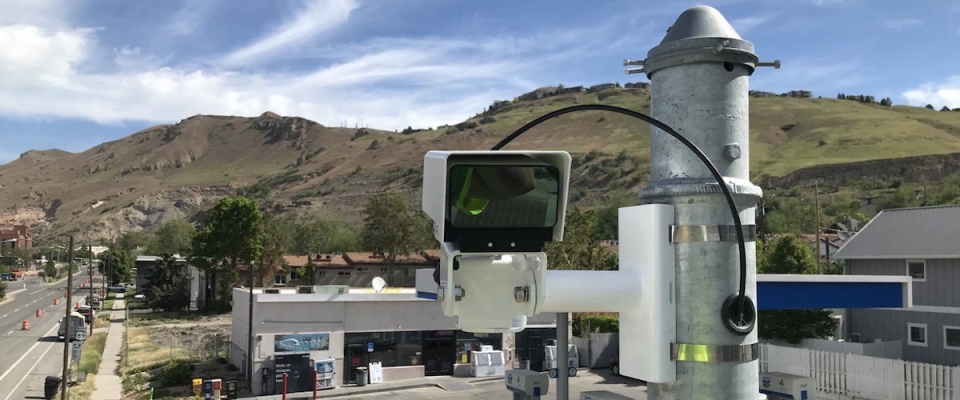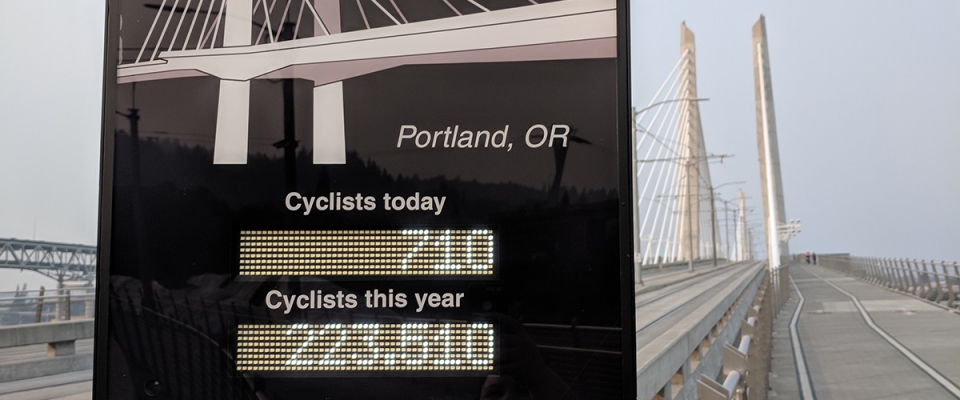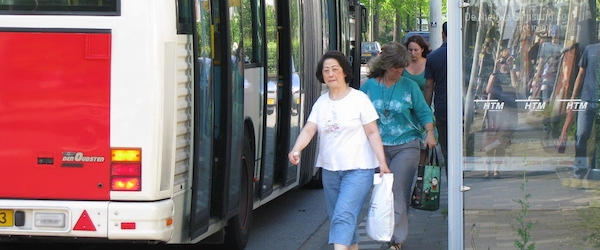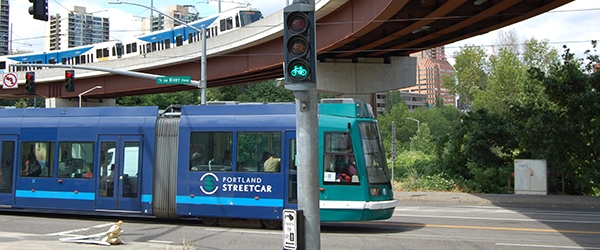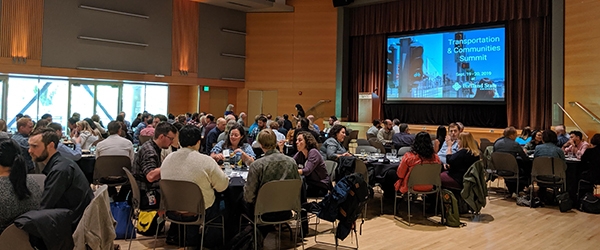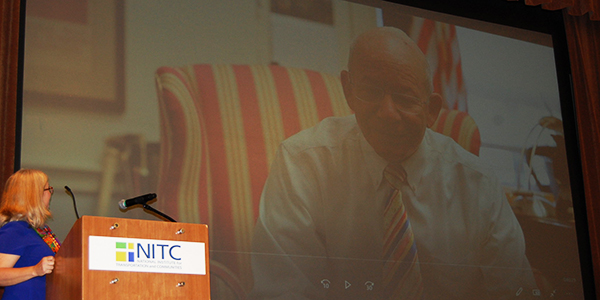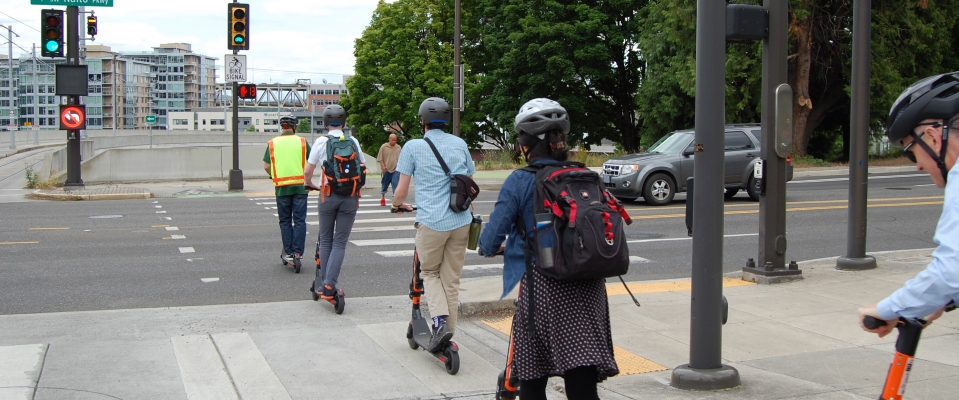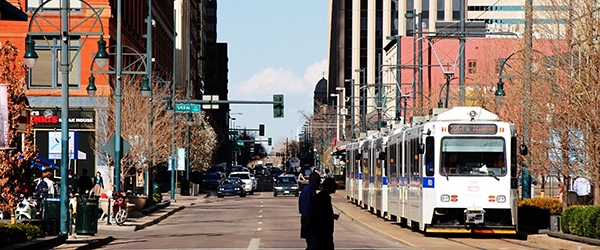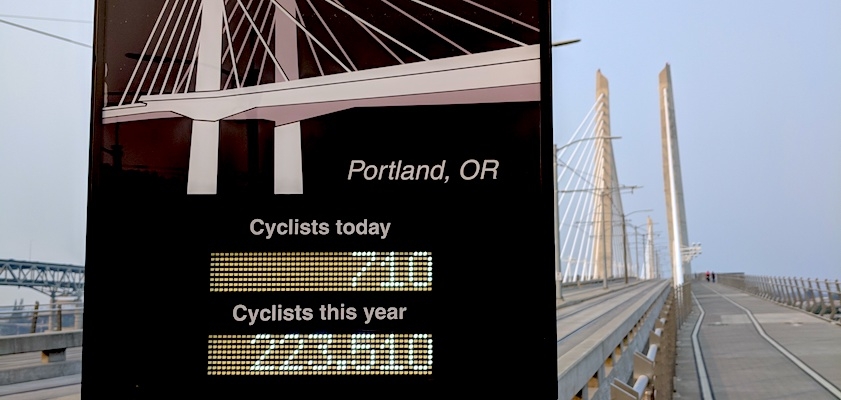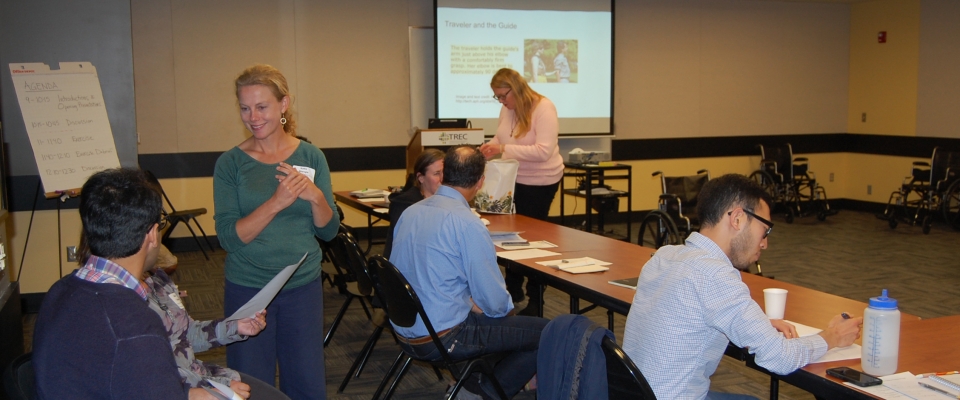How can emerging data sources most effectively be integrated with traditional sources? A new article in the July 2023 issue of Transportation Research Record: Journal of the Transportation Research Board reports that rather than replacing conventional bike data sources and count programs, old “small” data sources will likely be very important for big data sources like Strava and StreetLight to achieve their potential for predicting annual average daily bicycle traffic (AADBT).
The article, "Evaluating the Potential of Crowdsourced Data to Estimate Network-Wide Bicycle Volumes," was authored by TREC researchers Joe Broach, Sirisha Kothuri and Nathan McNeil of Portland State University along with Md Mintu Miah, Kate Hyun and Stephen Mattingly of the University of Texas at Arlington, Krista Nordback of the University of North Carolina, Chapel Hill; and Frank Proulx of Frank Proulx Consulting, LLC.
Transportation agencies have invested heavily in count infrastructure and models to estimate motor vehicle volumes through networks. Efforts to develop network wide bicycle volume estimates have been hampered by lack of bicycle counters and limited other data sources from which to draw volume estimates. Until recently, most data on bicycle activity came from national or regional household travel surveys, along with observed counts of cyclists—...
Read more
